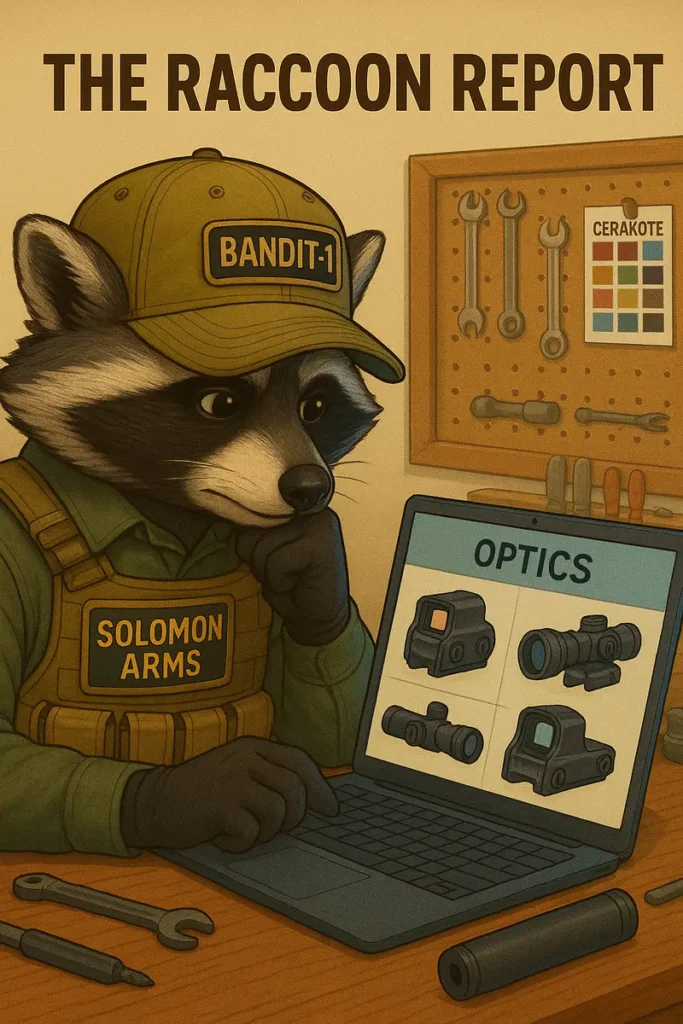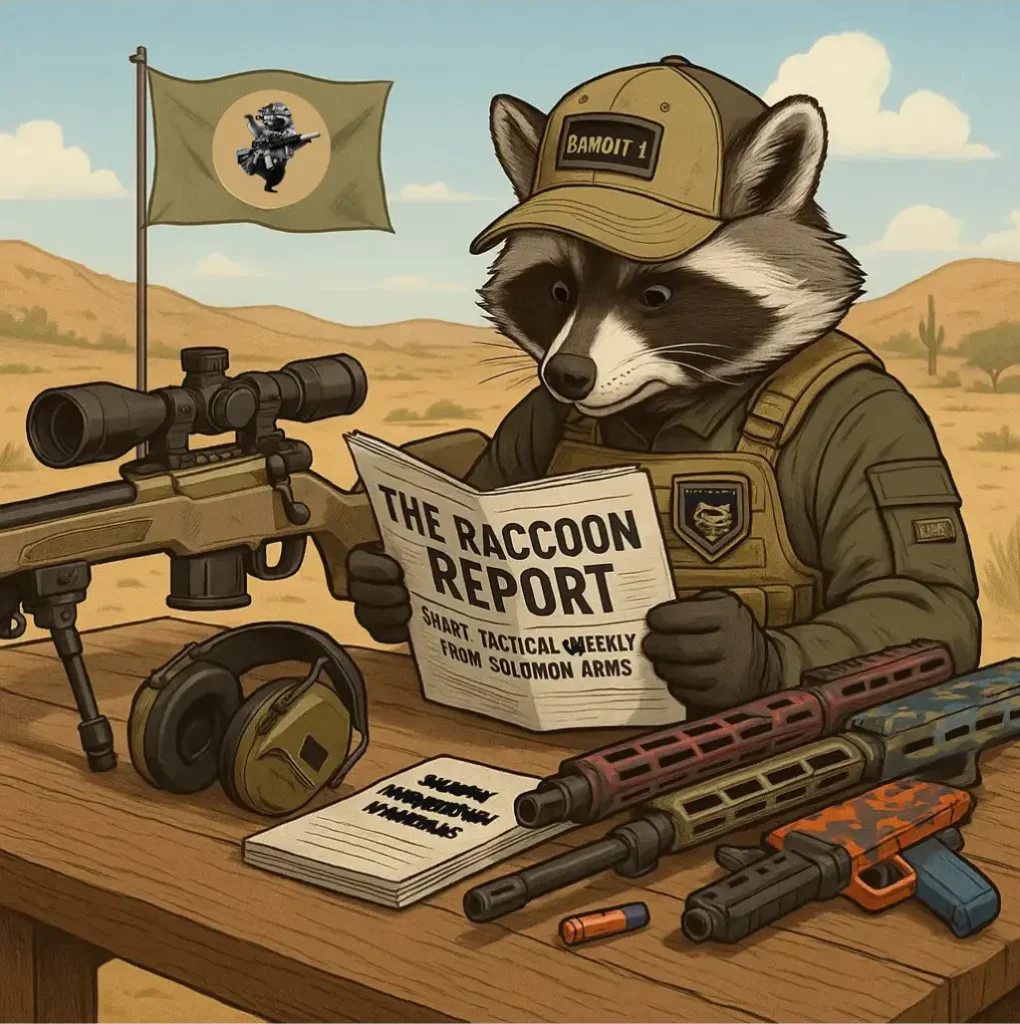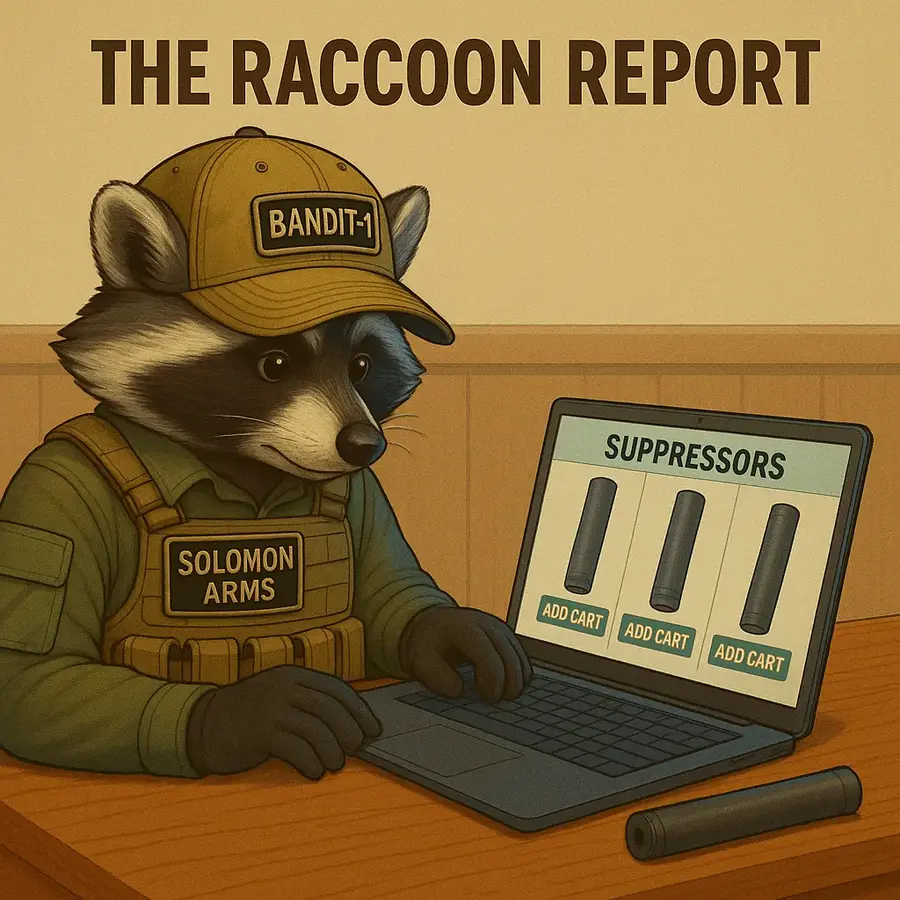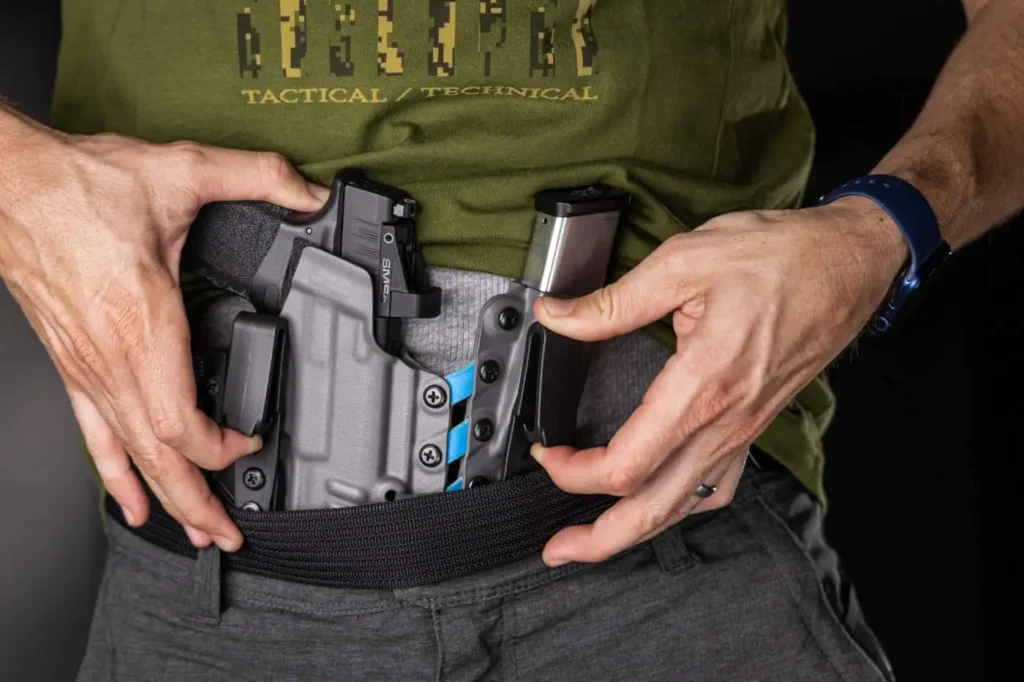When it comes to protecting and customizing your firearms, Cerakote has quickly become the industry standard. Whether you’re a casual enthusiast, competitive shooter, or military professional, Cerakote offers a level of durability, aesthetics, and performance that traditional finishes just can’t match. In this guide, we’ll walk through what Cerakote is, how it’s applied, and why it’s one of the most trusted names in firearm coatings.
What Is Cerakote?
Cerakote is a ceramic-based finish that can be applied to metals, plastics, polymers, and wood. Originally developed by NIC Industries, Cerakote is used in a wide range of industries—including automotive, aerospace, sporting goods, and firearms—for its durability, corrosion resistance, and custom aesthetic options.
Unlike traditional bluing or parkerizing, Cerakote chemically bonds with the substrate to provide a hard, thin, and extremely durable coating that resists wear, corrosion, and chemicals.
Why Cerakote for Firearms?
Cerakote has been tested under some of the most extreme conditions, and its performance on firearms is unmatched. Here are some of the top benefits:
1. Durability
Cerakote stands up to heavy use, rough handling, and the harsh environments firearms often face. Its abrasion resistance outperforms most conventional finishes, making it ideal for duty weapons, carry guns, or field-use rifles.
2. Corrosion Resistance
In salt spray tests, Cerakote-coated firearms can last thousands of hours before showing signs of rust. That’s critical for gun owners in humid or coastal environments—or anyone who wants to preserve their investment.
3. Customization
Cerakote comes in over 200 colors and can be used to create everything from tactical flat finishes to vibrant camo patterns and laser-stenciled designs. Whether you’re going for low-vis or showpiece, Cerakote delivers.
4. Thin Application
At only 0.001″ to 0.002″ in thickness, Cerakote won’t interfere with the mechanical function of firearms. It’s perfect for precision parts like slides, barrels, and internals.
5. Heat and Chemical Resistance
Cerakote can handle high temperatures (up to 500°F for most series) and resists harsh chemicals like solvents, cleaners, and oils—making it ideal for suppressors, barrels, and other high-stress components.
The Cerakote Application Process
The Cerakoting process is meticulous and requires professional equipment and training. Here’s a general overview of how it’s done:
1. Disassembly
The firearm is fully disassembled—every pin, spring, and component is separated. Proper Cerakote application requires complete access to all surfaces.
2. Degreasing
Each part is thoroughly degreased using an acetone bath or similar solvent to remove all oils, carbon fouling, and contaminants.
3. Surface Prep (Blasting)
Parts are blasted with aluminum oxide or garnet media to create a textured surface. This step ensures the Cerakote adheres properly to the substrate.
4. Racking and Pre-Baking
Components are racked and pre-baked to outgas moisture or residual oils trapped in the material—especially important for aluminum or polymer parts.
5. Mixing and Application
Cerakote is mixed according to strict ratios and applied with an HVLP spray gun in a controlled environment. This step requires precision for both coverage and color consistency.
6. Curing
Parts are cured in an oven—typically at 250–300°F for H-Series or air-cured for C-Series and specific polymer-friendly applications. Cure times vary based on the Cerakote product used.
7. Reassembly and Inspection
Once cooled, the firearm is carefully reassembled and checked for function and fit.
Types of Cerakote for Firearms
- H-Series – The most common type for firearms, offering excellent hardness and abrasion resistance.
- Elite Series – Ultra-thin and slick, with superior performance for high-end applications.
- C-Series – Air-cured; ideal for suppressors or components that can’t be baked.
You can learn more about the different Cerakote series on their official product page.
Common Firearm Applications
Cerakote can be applied to virtually every part of a firearm, including:
- Slides and barrels
- Lower and upper receivers
- Handguards and rails
- Stocks and grips
- Magazines and optics
- Suppressors and muzzle devices
Looking for inspiration? Check out Cerakote’s gallery of firearm coatings for examples of real-world applications.
Is Cerakoting Worth It?
Absolutely. Whether you’re upgrading a worn-out finish, adding a personal touch to your build, or prepping a firearm for extreme conditions, Cerakote adds value, protection, and style. It’s an ideal choice for:
- Hunters and outdoorsmen
- Tactical and duty weapon users
- Collectors looking to preserve or customize
- Everyday carriers wanting rust resistance
Choosing a Cerakote Applicator
Because the Cerakote process involves specialized tools and techniques, it’s best left to certified applicators. Look for:
- Cerakote Certified Applicator status (listed on cerakote.com)
- Portfolio or photos of past work
- Experience with firearm-specific applications
- Proper equipment (blast cabinets, ovens, etc.)
Final Thoughts
Cerakote is more than just a paint job—it’s a high-performance finish that enhances the durability, function, and aesthetics of your firearms. Whether you’re protecting your gear or turning heads at the range, Cerakote offers unmatched quality and customization.
If you’re interested in getting a firearm or accessory Cerakoted, feel free to contact us for a quote or consultation. We’re passionate about giving firearms a second life—and a tougher finish.






